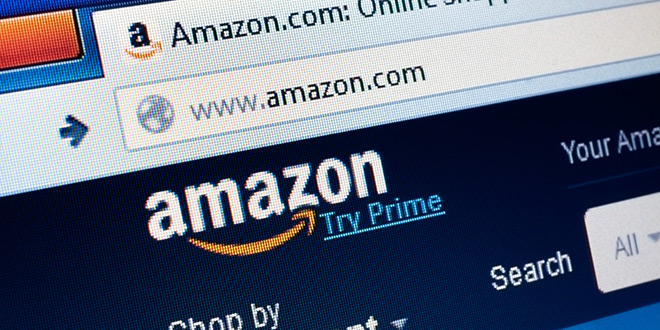Escaping news about Amazon and its infiltration of the retail sector is impossible. It’s even likely that you or the people closest to you buy often from them and are members of their subscription service. You may overhear customers in your aisles wondering if they could get a product cheaper on Amazon, or you may even have come across them price-checking on their phones right in the store.
While there is some truth to the idea that Amazon has completely changed retail, as an independent retailer, that doesn’t mean you’re destined to lose out. It means you have an opportunity to meet needs that can’t be met by online retailers and to become a destination for the customers in your immediate area (or beyond). Read through this list of 10 ways you can beat Amazon and other online retailers.
1. Position your employees as experts.
Your customers come to you because they trust your knowledge. Be sure your employees have the opportunity to build up their own expertise in products and projects. Create a well-rounded training program that puts everyone on the same page so your customers get the right answer no matter who they talk to.
2. Focus on your customers’ immediate needs.
With free two-day or sometimes even same-day shipping at their disposal, consumers have come to expect everything now. Work with your wholesaler to keep those customers coming back by offering free two-day shipping on anything they need that you don’t have in stock. Consider offering an additional discount to make up the difference.
3. Become a community staple.
Connecting with your community will help create word-of-mouth marketing and positive PR for your business. Whether you spend your free time volunteering at the local youth club, sponsoring athletics teams or donating money or products to local schools, getting the business name in front of people in town will remind them to shop with you instead of online.
4. Utilize buy online, pickup in store.
Even if you don’t have your own e-commerce platform, your wholesaler likely offers your customers a way to get what they need and have it arrive at your store. Talk to your wholesaler to set up that capability and be sure your customers know it’s an option. Create store signage and advertise the service on social media.
5. Price-match online retailers.
Price-matching is a significant part of a strong overall pricing strategy. While you may already price-match local big-box stores’ circulars, price-matching online retailers, like Amazon, will give customers a reason to come to you first and help them avoid the wait time for shipping.
6. Simplify your return policy.
Returning unwanted or damaged items to Amazon is as easy as the click of a button. While your costs may dictate a more stringent policy on the types of items you can accept, that doesn’t mean the rest of the process should be complicated. Get ahead of any customer challenges by outlining your return policy in store signage and on receipts, but also encourage your employees to explain the policy to customers, especially if they are purchasing an item with certain restrictions or guidelines.
7. Develop your niches.
Many consumers may turn to an online retailer when they’re looking for something unique that they don’t expect to find in a store. If you specialize in a product line or a niche, be sure your customers know your business is the best place to find what they need. Call attention to your best kept secrets on social media, in your traditional advertising and using in-store signage.
8. Have a strong online presence.
Setting up a mobile-friendly website, posting regularly on social media and responding to customer comments online are three simple ways you can elevate your business. Customers want more from your website than just store hours and your address (although those are important components). Share your weekly circular, embed your Instagram feed and tell a brief story about your business’s history. It’s crucial that your website can be accessed from anywhere, so be sure it’s compatible with mobile devices.
9. Provide services your customers can’t get anywhere else.
There are some household tasks customers still need a brick-and-mortar retailer for. Paint mixing and screen repair probably aren’t going to transition online anytime soon, so be sure your customers know you offer those types of services in the store. There are plenty of opportunities to make a statement with your service offerings, too, such as offering in-home installation services or capitalizing on specialty tool repair.
10.Support other local businesses and the shop-local movement.
Spread the word about how shopping local gives back more to your community than shopping online. Get the latest data and marketing materials from the latest installment of the North American Retail Hardware Association’s Home Sweet Home Study here.
 Hardware Retailing The Industry's Source for Insights and Information
Hardware Retailing The Industry's Source for Insights and Information






